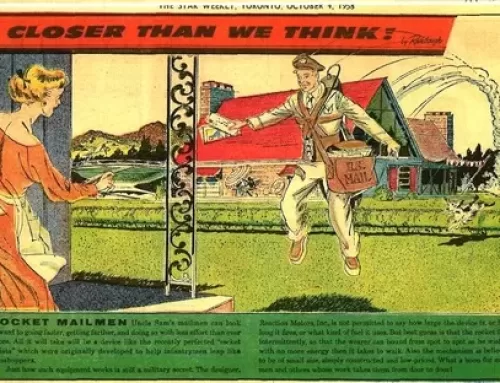This is exactly what the doctor prescribed. The fat substitute of the future! This isn’t quite what I was expecting to find when scanning for the future of forest products, but the implications are intriguing. Newsweek Europe highlighted the new plan which could soon allow hot-dog lovers to consume your favorite foodstuff free of guilt and without the nagging need to go for a run to burn  off the calories afterwards.
off the calories afterwards.
Borregaard is a Norwegian biorefinery with a global reach. They are in the planning stages of a new product called, Sense-Fi. The food material has the texture and mouth feel of fat without the calories or other associated factors that come from high-fat foods. Microfibrillated cellulose is a waste product that is created when trees are turned into timber. While plants grow hundreds of billions of tons of cellulose yearly; currently only a small fraction is implemented for human use.
Lots of money (I’m talking billions) is already being invested into the development of this faux fat. It brought me to the question, “Can fat-friendly and tree-friendly exist in the same product? There may be hesitation from both food gatekeepers and trees rights activists, but the obesity problem this product could help alleviate may be worth the debate. It’s worth mentioning that Norway has the lowest adult obesity rate among all OECD countries (10% in 2012). Countries like the U.S. struggle somewhere around the 30% mark. The research was kicked off ten years ago by the Paper and Fibre Institute in Trondheim, Norway, and use has already been approved in the U.S. A plant in Wisconsin is in the early stages of selling the product to the U.S. food industry.
The term superfood has become a ploy in the marketing world, but Sense-Fi is not only saving calories from fat, but can also bulk up ice cream, condiments, and yogurt. It gives the same texture and mouthfeel as fat, but instead of extra calories, it provides extra fiber which aids in digestion and leaves one feeling full faster. While this substitute can solve the obvious food-related issues in the U.S., its use offers the greatest alternative to food deficiencies in developing countries where basic nutrition continues to be a challenge. So what does this mean for the future of forest products? Does the impact stop at allowing new streams of revenue for what was once considered waste, or is this a herbivore takeover of carnivore proportions? What are your thoughts surrounding the uses and implications of such a product? Liah Johnson



